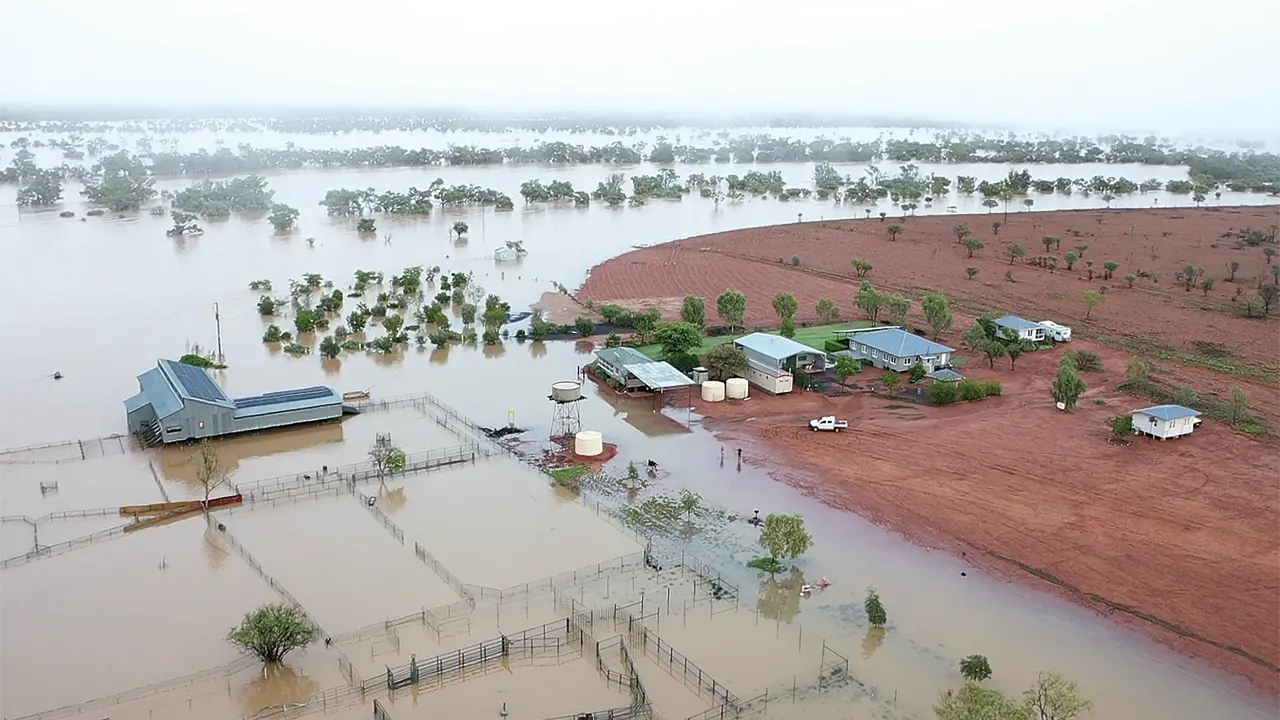For a holiday with a difference head to White Cliffs, NSW, but beware – you may get opal fever and stay there.
Story By Andrew Hull
As you leave the Barrier Highway and Darling River at Wilcannia in western New South Wales, there’s a sudden change in the surrounding country. The flat clay floodplain becomes colourful, low-rising ranges. The valleys between the ridges form ephemeral creeks with narrow, gum-lined banks and dry, sandy bottoms. The 93 kilometres of Opal Miners Way brings you into White Cliffs, entering town through the main street. The small group of buildings includes a hotel, general store, post office, church and a few homes.
The majority of residents, however, live in one of the three satellite hills that encircle the small village. On the hillsides, flat landings give way to low verandahs. Doors and windows are set against the hard edge of the slope, hinting at the homes that lay behind them, dug into the hills. Underground.
Dugouts are the most popular form of dwelling here, and there are about 120 to house the 200 winter residents. In summer the population shrinks to about 70 as many opportunistic miners seek out a cooler climate, to return in the autumn for an outback winter.
Each dugout is unique, a scattered collection of rooms differing in size and shape, carved out of the hard clay. Many of the rooms are the original excavations from opal mining and have simply been converted into living space. The rough-hewn walls are usually painted white, rendered in places and fitted with lights and shelving to create cosy, cave-like spaces with the advantage of remaining at a fairly constant temperature of about 25 degrees Celsius, regardless of the conditions outside. The dugouts are used for homes, sheds, shopfronts and places of business, as well as visitors’ accommodation.
This story excerpt is from Issue #61
Outback Magazine: Oct/Nov 2008









